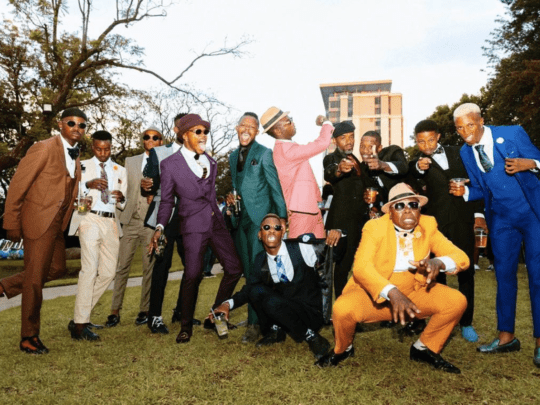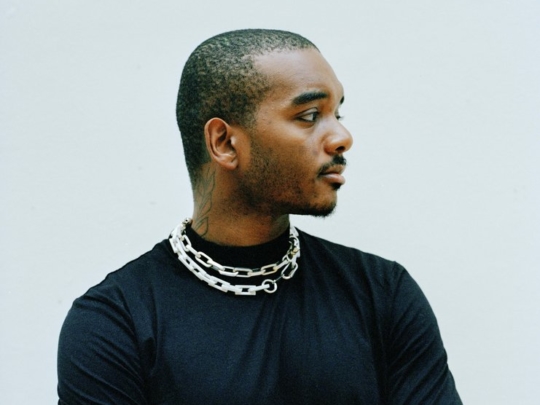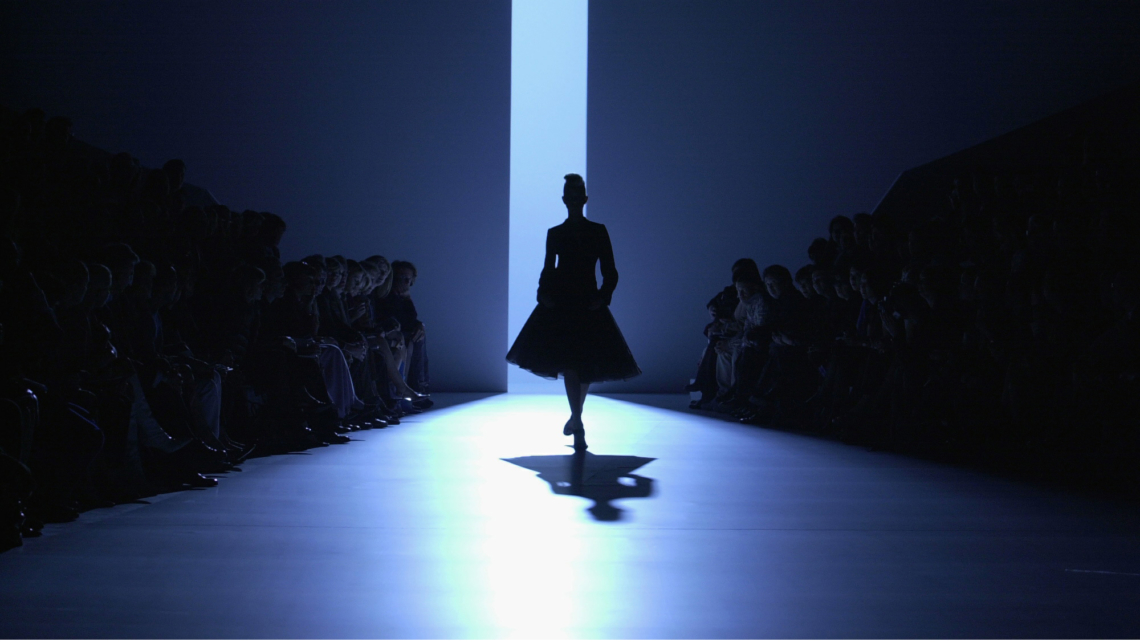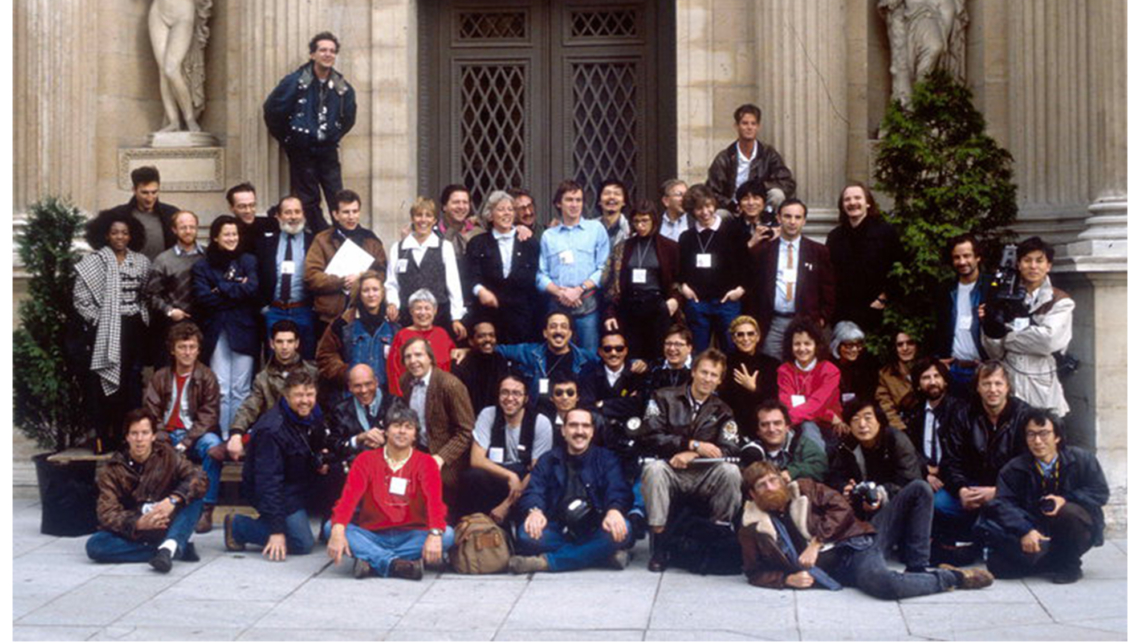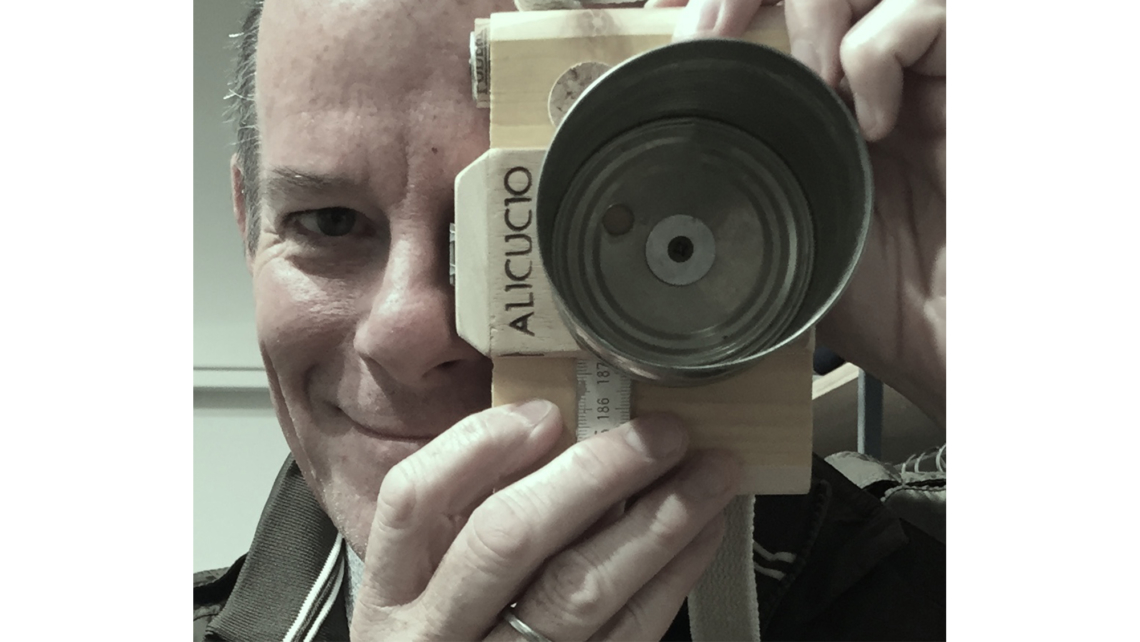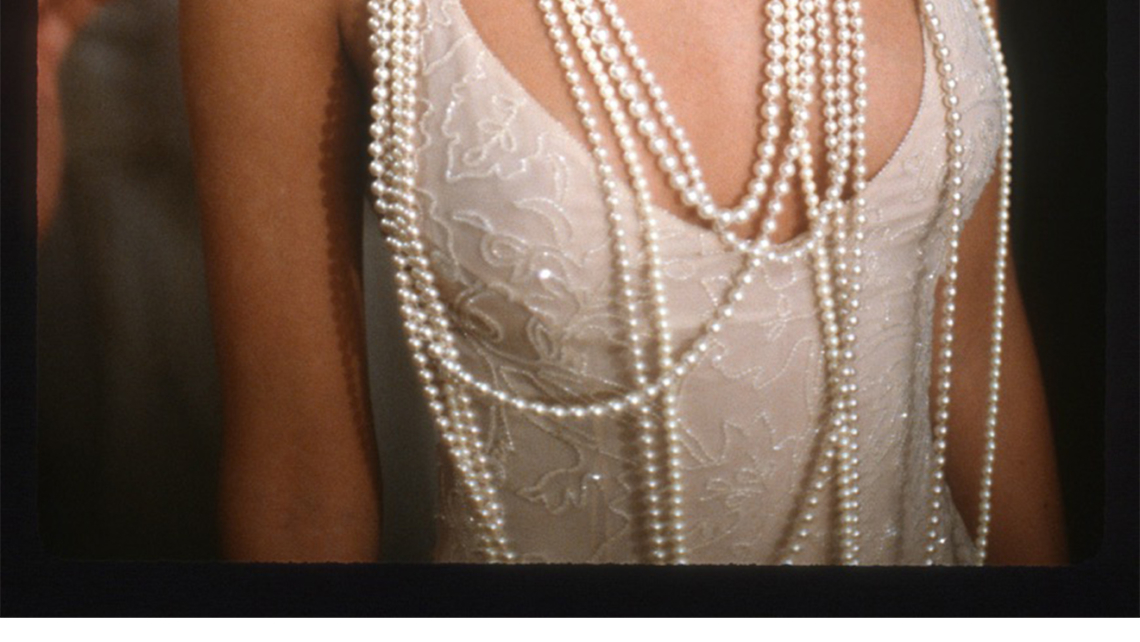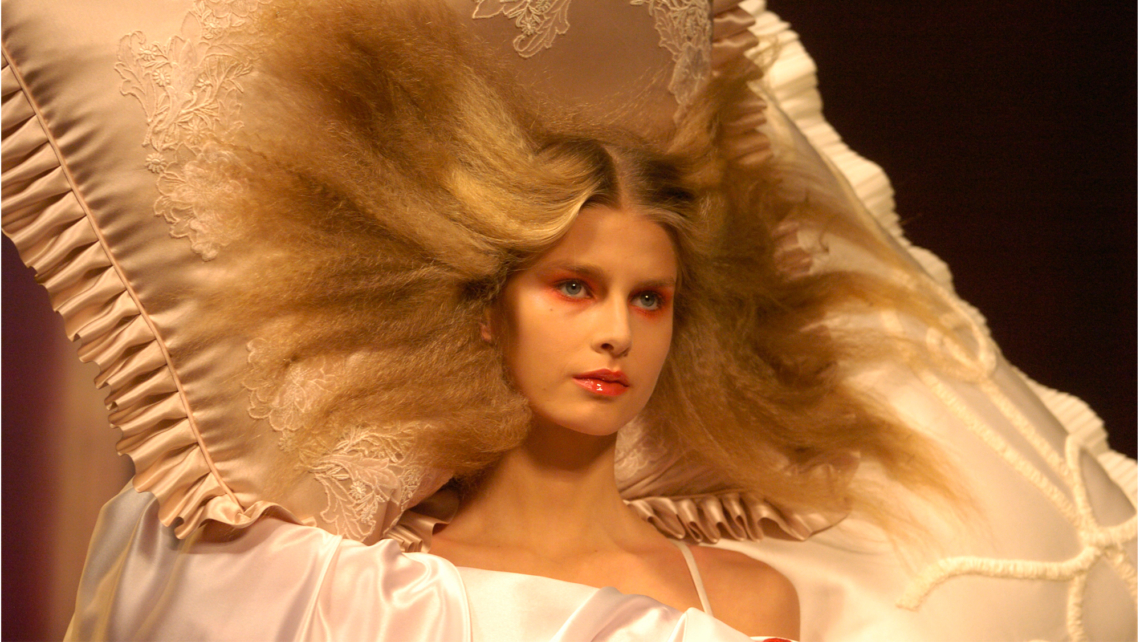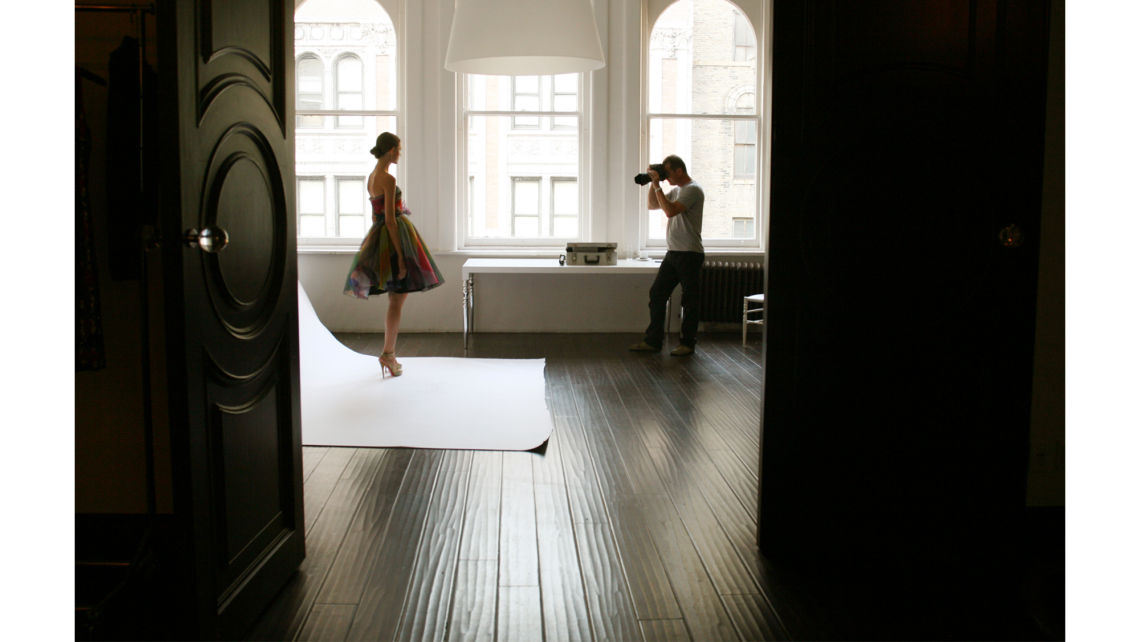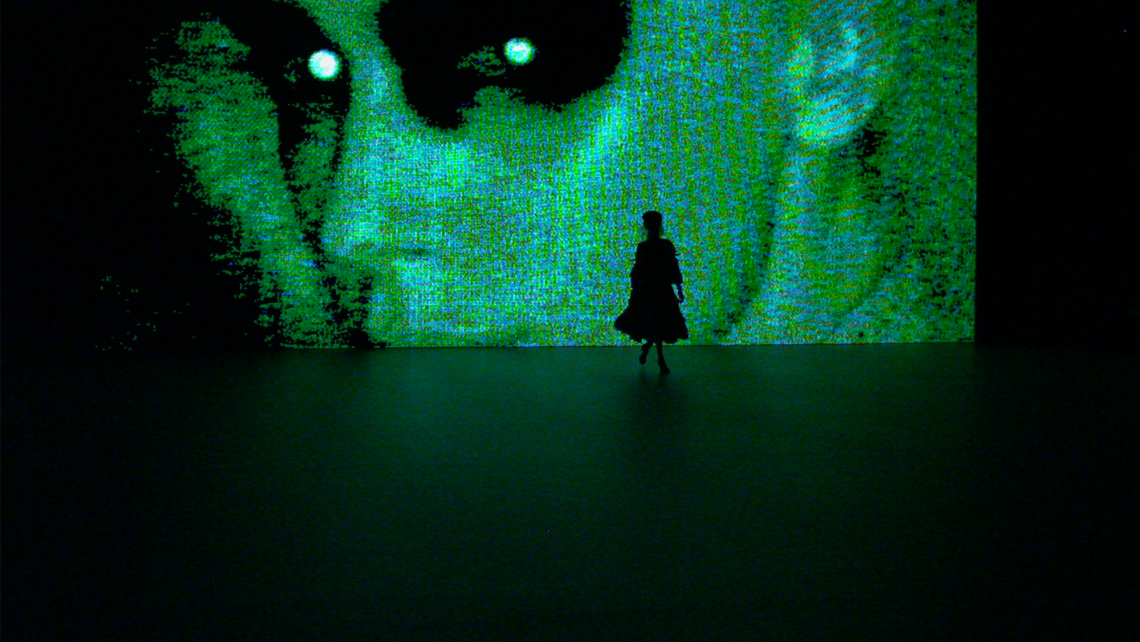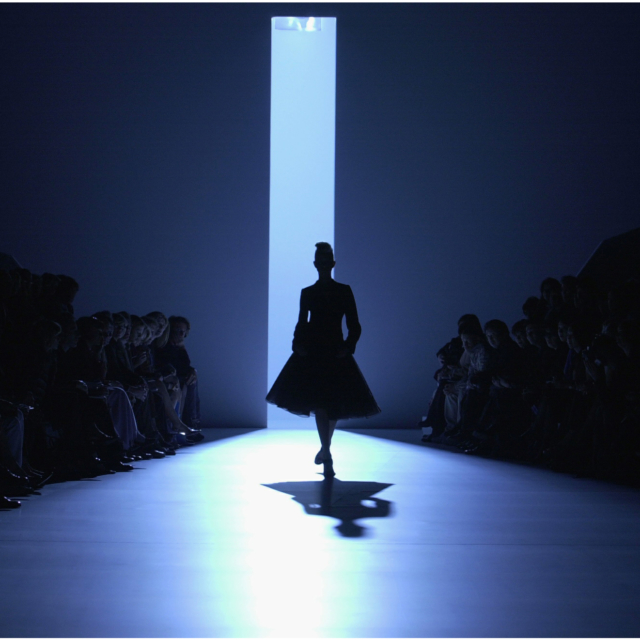The Fall 2017 shows have come (and come, and come) and gone, and if you’re anything like the Fashion Unfiltered team, you’ve probably clicked through hundreds—if not thousands—of runway images. We covered over 240 shows, and when you consider that each of those has between 18 and, in the case of Gucci, 119 looks, well, that’s a hell of a lot of photos. Where do all those snaps come from, you might wonder? Enter Don Ashby, the original runway photographer who founded Firstview.com along with Marcio Madeira back in 1995. Having fallen into the profession in the early 1980s, Ashby was one of the first to capitalize on the Internet audience’s voracious fashion appetite, and after shooting for top-notch print publications like The New York Times and Harper’s Bazaar, Ashby took his talents into the digital realm, providing pretty much everyone and their mother with the international runway shots they craved. (Full disclosure, FU uses firstVIEW’s sharpshooters for all our fashion show photo needs.)
“We thought, oh this Internet thing, this looks like it could be a cool way to put up as many pictures as we want. Nobody was really doing that.” Ashby recalled of launching firstVIEW, which dispatches its photographers all over the world, and boasts a vast archive of collections. “We became notorious very quickly,” he continued, referring to a now infamous early aughts legal kerfuffle. Long story short, the French government and Fashion Federation accused the Website of illegally using its Paris fashion show photos for profit. “The French got upset and tried to stop us, and we got a lot of press and publicity through that. For a while, we were one of the top 100 busiest trafficked websites on the Internet.” Obviously, firstVIEW—not the French—prevailed, and Ashby and co. still happily snap away in the City of Lights.
Seeing as he’s capturing the runway for over 30 years, it’s safe to assume that Ashby knows fashion shows. Heck, he’s had a front row seat at pretty much every significant romp in recent memory, including those of Alexander McQueen, John Galliano, and Claude Montana. Here, the photographer talks to FU about how the industry has changed, getting booted from backstage by Grace Coddington, and that time Iman walked Mugler with a monkey.

